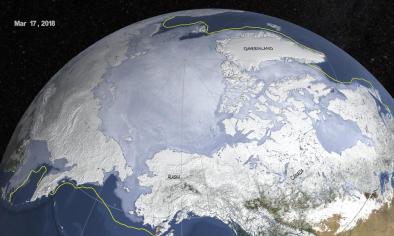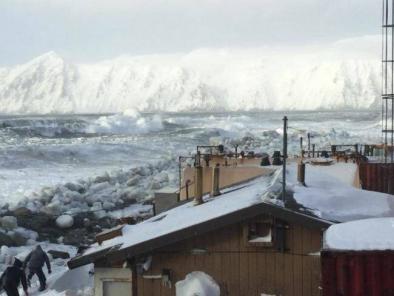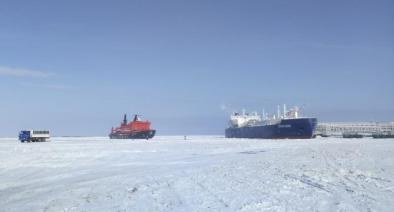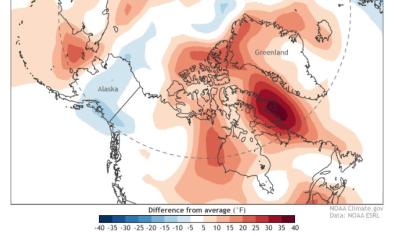Arctic Sea Ice Missed a Record Low This Winter. Barely.
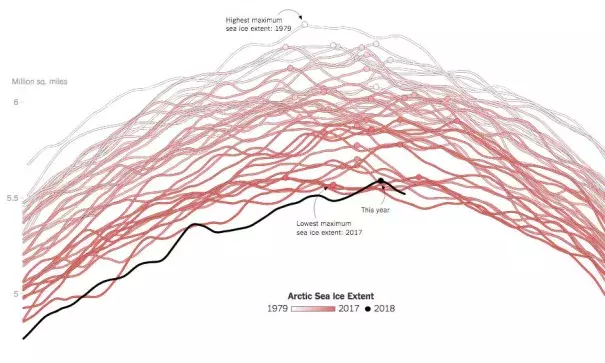
Arctic sea ice behaves a bit like a human waistline, packing on weight in the winter and slimming down in the heat of summer. But while many of us struggle to lose weight, the Arctic has been struggling to gain it.
The maximum extent of Arctic sea ice cover this winter was the second-lowest since satellite record-keeping began, researchers said Friday.
The loss of sea ice is a bellwether of global warming, suggesting that climate change is not just something to worry about far off in the future: It is here.
“We’ve probably known for 100 years that as the climate warms up in response to loading the atmosphere with greenhouse gases, we would see the changes first in the Arctic,” said Mark Serreze, director of the National Snow and Ice Data Center in Boulder, Colo., which issued the new data. “This is what we expected and this is exactly what has happened. It’s a case where we hate to say we told you so, but we told you so.”
With each passing decade, the ice grows a bit less in winter, and melts a bit more in summer. The record for the least amount of sea ice gained in the winter was set last year, when the ice covered 5.57 million square miles (14.42 million square kilometers) at its peak. This winter’s maximum extent was slightly greater, at 5.59 million square miles (14.48 million square kilometers), according to the data center.
Despite the small increase this year, the downward trend in winter ice coverage is unmistakable, and the past four years have been the four lowest on record.

Related Content
